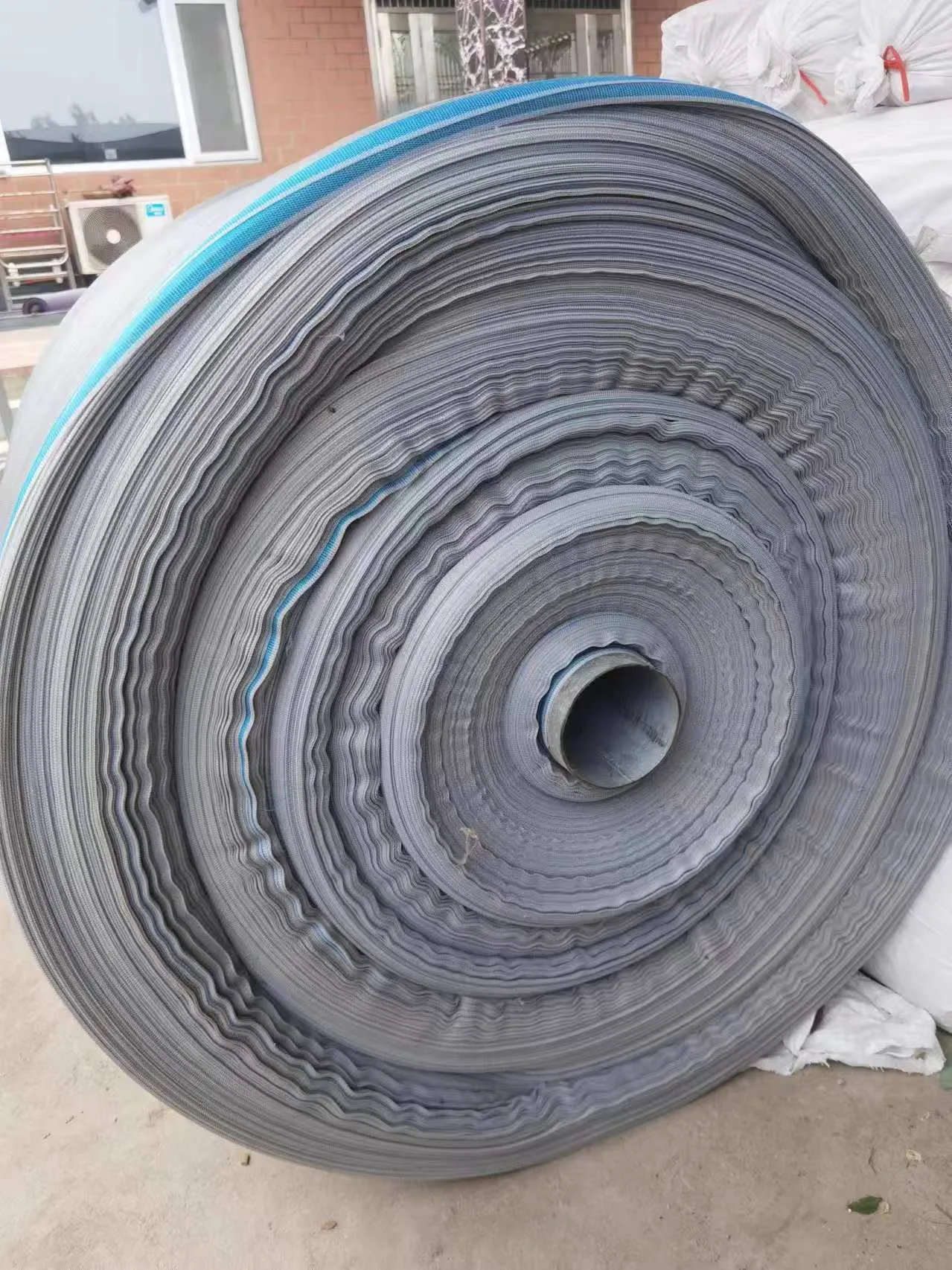-
 Afrikaans
Afrikaans -
 Albanian
Albanian -
 Amharic
Amharic -
 Arabic
Arabic -
 Armenian
Armenian -
 Azerbaijani
Azerbaijani -
 Basque
Basque -
 Belarusian
Belarusian -
 Bengali
Bengali -
 Bosnian
Bosnian -
 Bulgarian
Bulgarian -
 Catalan
Catalan -
 Cebuano
Cebuano -
 China
China -
 Corsican
Corsican -
 Croatian
Croatian -
 Czech
Czech -
 Danish
Danish -
 Dutch
Dutch -
 English
English -
 Esperanto
Esperanto -
 Estonian
Estonian -
 Finnish
Finnish -
 French
French -
 Frisian
Frisian -
 Galician
Galician -
 Georgian
Georgian -
 German
German -
 Greek
Greek -
 Gujarati
Gujarati -
 Haitian Creole
Haitian Creole -
 hausa
hausa -
 hawaiian
hawaiian -
 Hebrew
Hebrew -
 Hindi
Hindi -
 Miao
Miao -
 Hungarian
Hungarian -
 Icelandic
Icelandic -
 igbo
igbo -
 Indonesian
Indonesian -
 irish
irish -
 Italian
Italian -
 Japanese
Japanese -
 Javanese
Javanese -
 Kannada
Kannada -
 kazakh
kazakh -
 Khmer
Khmer -
 Rwandese
Rwandese -
 Korean
Korean -
 Kurdish
Kurdish -
 Kyrgyz
Kyrgyz -
 Lao
Lao -
 Latin
Latin -
 Latvian
Latvian -
 Lithuanian
Lithuanian -
 Luxembourgish
Luxembourgish -
 Macedonian
Macedonian -
 Malgashi
Malgashi -
 Malay
Malay -
 Malayalam
Malayalam -
 Maltese
Maltese -
 Maori
Maori -
 Marathi
Marathi -
 Mongolian
Mongolian -
 Myanmar
Myanmar -
 Nepali
Nepali -
 Norwegian
Norwegian -
 Norwegian
Norwegian -
 Occitan
Occitan -
 Pashto
Pashto -
 Persian
Persian -
 Polish
Polish -
 Portuguese
Portuguese -
 Punjabi
Punjabi -
 Romanian
Romanian -
 Russian
Russian -
 Samoan
Samoan -
 Scottish Gaelic
Scottish Gaelic -
 Serbian
Serbian -
 Sesotho
Sesotho -
 Shona
Shona -
 Sindhi
Sindhi -
 Sinhala
Sinhala -
 Slovak
Slovak -
 Slovenian
Slovenian -
 Somali
Somali -
 Spanish
Spanish -
 Sundanese
Sundanese -
 Swahili
Swahili -
 Swedish
Swedish -
 Tagalog
Tagalog -
 Tajik
Tajik -
 Tamil
Tamil -
 Tatar
Tatar -
 Telugu
Telugu -
 Thai
Thai -
 Turkish
Turkish -
 Turkmen
Turkmen -
 Ukrainian
Ukrainian -
 Urdu
Urdu -
 Uighur
Uighur -
 Uzbek
Uzbek -
 Vietnamese
Vietnamese -
 Welsh
Welsh -
 Bantu
Bantu -
 Yiddish
Yiddish -
 Yoruba
Yoruba -
 Zulu
Zulu
concrete reinforcement merchant steel metal fabric mesh
Understanding Concrete Reinforcement with Steel Mesh Fabric
Concrete has long been the backbone of modern construction, providing strength and durability to structures ranging from towering skyscrapers to simple sidewalks. However, while concrete is renowned for its compressive strength, it lacks tensile strength, which is where reinforcement materials come into play. Among various reinforcement options available, steel mesh fabric is a popular choice due to its proven performance and adaptability in various applications.
Steel mesh, commonly referred to as welded wire fabric, consists of a series of steel wires that are welded together in a grid pattern. This configuration not only provides excellent tensile strength but also distributes loads evenly across the concrete surface. The primary advantage of using steel mesh in concrete reinforcement lies in its ability to mitigate cracking and enhance the structural integrity of the poured concrete.
One of the significant benefits of integrating steel mesh into concrete structures is its likelihood of reducing labor costs and construction time. Unlike traditional rebar, which requires individual placement and tying, steel mesh fabric can be rolled out and cut to the required dimensions, allowing for quick installation. This efficiency is particularly beneficial in large-scale projects, where saving time on labor can significantly impact overall project costs.
Moreover, steel mesh fabric offers exceptional flexibility in application. It can be used in a wide range of concrete placements, including floors, walls, and pavements. Its versatility is evident in numerous projects, such as residential foundations, commercial buildings, and industrial warehouses. Depending on the specific requirements of a project, different mesh sizes and wire diameters can be utilized to achieve the desired strength and load-bearing capability.
concrete reinforcement merchant steel metal fabric mesh

In the realm of concrete reinforcement, the interaction between the steel mesh and concrete is crucial. The mesh not only supports the concrete during the curing process but also helps maintain its shape and integrity under various load conditions. When stress is applied to the concrete, the steel mesh works in conjunction with the concrete, allowing for a composite behavior that enhances the overall strength. This synergy helps in controlling shrinkage cracks that can occur as concrete cures and ages, ultimately prolonging the lifespan of the structure.
Environmental considerations are also becoming increasingly important in construction. Using steel mesh fabric can contribute to sustainable practices, as steel is a recyclable material. Old steel mesh can be melted down and repurposed, reducing environmental impact and promoting a circular economy in construction materials.
However, just as with any construction material, proper installation and adherence to local building codes are essential. Ensuring that the mesh is positioned correctly within the concrete pour is critical, as any misplacement can compromise the reinforcement's effectiveness. Engaging skilled workers and following manufacturer guidelines can mitigate these risks and ensure the intended benefits of using steel mesh fabric are fully realized.
In conclusion, concrete reinforcement using steel mesh fabric blends efficiency, strength, and versatility, making it an ideal choice for various construction applications. As the industry continues to evolve, embracing innovative materials and methods, welded wire fabric stands out as a reliable solution for enhancing the durability and structural integrity of concrete, paving the way for more resilient infrastructures.
-
Shipping Plastic Bags for Every NeedNewsJul.24,2025
-
Safety Netting: Your Shield in ConstructionNewsJul.24,2025
-
Plastic Mesh Netting for Everyday UseNewsJul.24,2025
-
Nylon Netting for Every UseNewsJul.24,2025
-
Mesh Breeder Box for Fish TanksNewsJul.24,2025
-
Expanded Steel Mesh Offers Durable VersatilityNewsJul.24,2025











